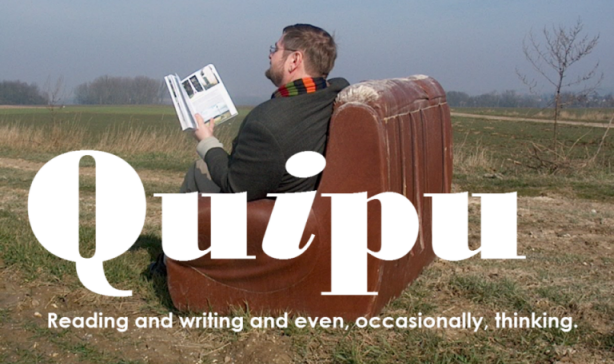The second book I mentioned in my previous post about words is Ring Shout, the latest from P. Djèlí Clark. This book was actually stranger to me than the first book I wrote about, despite Reynard the Fox being populated pretty much exclusively by talking animals.
 |
| Image ganked from tor.com |
The weirdness of Ring Shout wasn’t anything to do with its horror nature, either—yes, there were strong hints of Lovecraft, and in fact Lovecraft himself is called out at the end of the book as being some sort of dark evil presence, but I wasn’t really all that creeped-out by it—so much as it was the Black 1920s culture in which the story is set. Talk about being alien to me. Pretty sure I know less about Black culture in the 1920s US South than I do about early modern Flemish culture.
And full credit to Clark, because he got me inside that culture anyway, and even the Gullah dialect used by one of the supporting characters was perfectly comprehensible in context, in the same way that Avery's use of old French, English, and Flemish words in her book is comprehensible. (Clark's narrative voice and protagonist’s character are great.) One of the things that impressed me about the book—and impressed me a lot, in the context of this and the previous post—was the way Clark manages to convey a unique way of speaking (and communicating, if you think of narrative voice as non-speech) without having to resort to dialect or misspelled words, the way this sort of thing used to be handled in the Bad Old Days.
The conceit of the story—turning the real-life horror of the second Ku Klux Klan (via The Birth of a Nation) into a metaphorical horror as well—worked out really well, I thought. And if the presence of at least four groups of ghod-like creatures was occasionally a bit too much for me, the book was short enough (fifty to sixty thousand words, like one of the golden-age novels I've been discovering during lockdown) that I wasn’t kicked out of the story before it ended. Good stuff, all in all.






